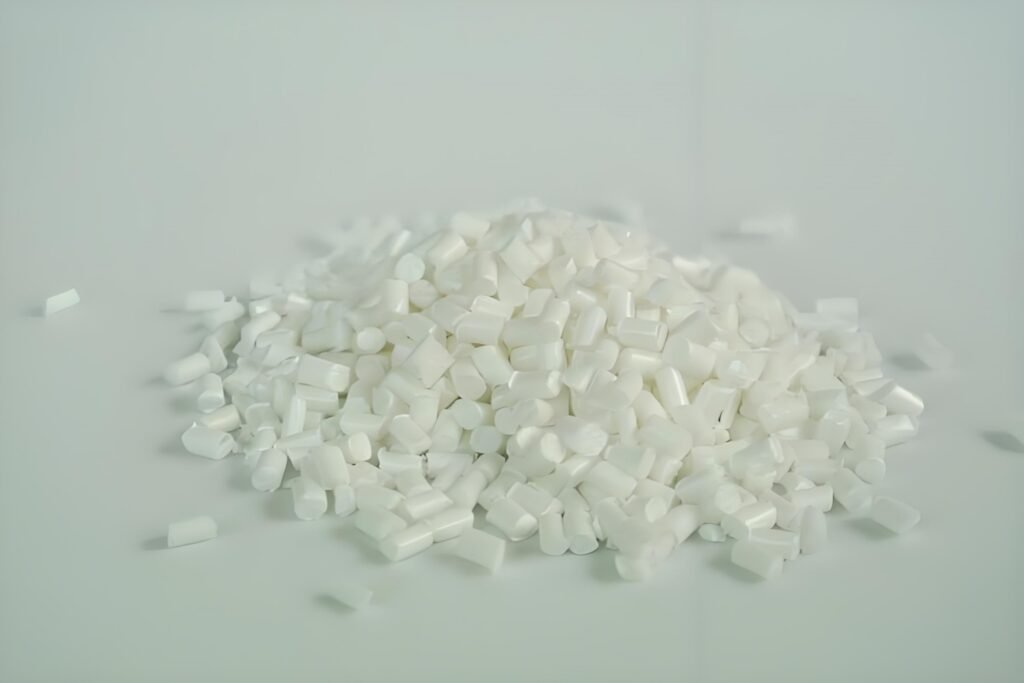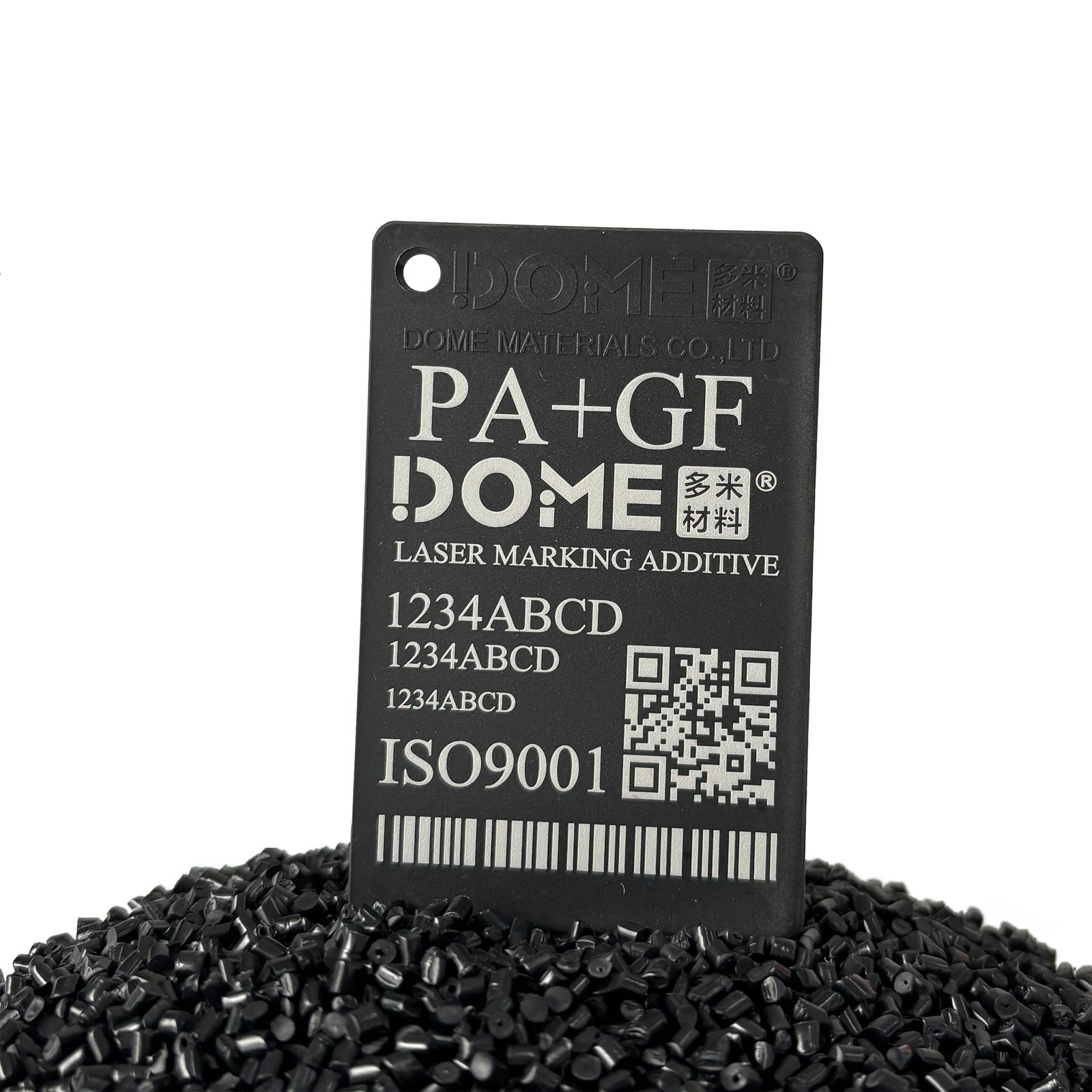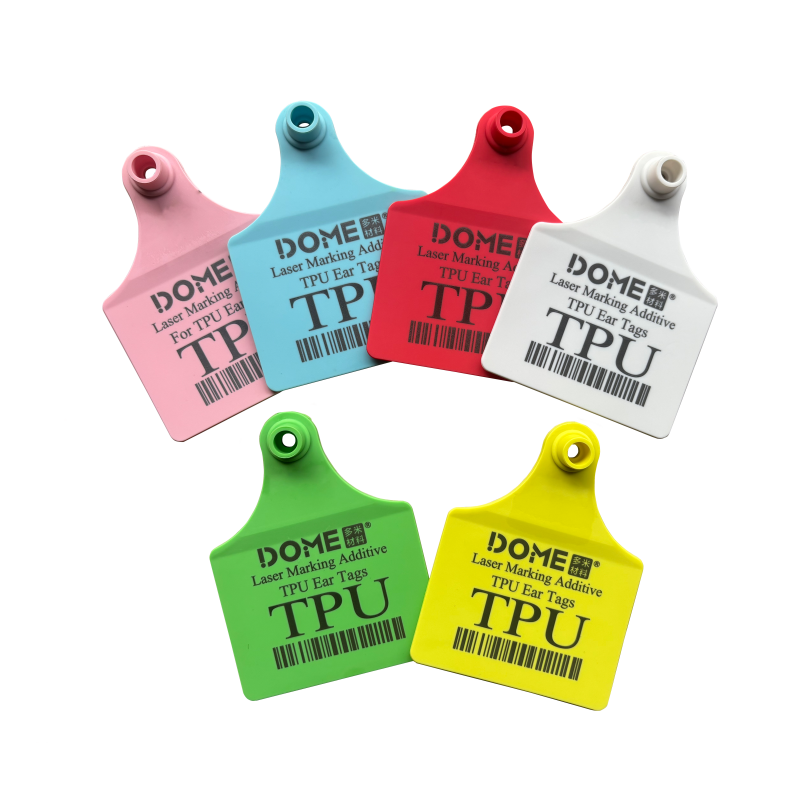In the dazzling world of engineering plastics, PA6 and PA66 stand out like two brilliant stars, each with its unique glow. Both are members of the nylon family, yet they shine differently when it comes to performance and applications. Let’s dive into the world of PA6 and PA66 to uncover what sets them apart and why they’re so remarkable.

A Quick History: How PA6 and PA66 Came to Be
PA66: The journey began in 1935 when a scientist named Carothers mixed adipic acid and hexamethylenediamine to create this material. Between 1936 and 1937, a new method to spin it into fibers was discovered. By late 1939, the American company DuPont brought PA66 to the market, and it’s been a game-changer ever since.
PA6: This nylon joined the party in 1939 thanks to Schlack from Germany’s IG company. Using a chemical called caprolactam and a bit of heat, he crafted PA6. By 1943, Germany’s Farben company made it available for everyone to use.
These two nylons have fascinating origins, but their real differences start at the molecular level.
Molecular Magic: What Makes Them Different?
Though PA6 and PA66 share the same basic chemical makeup, their structures tell a different story:
PA6 is made by “opening up” caprolactam molecules and linking them together. It’s tough and flexible but picks up water quickly.
PA66 comes from combining hexamethylenediamine and adipic acid, forming more connections (called hydrogen bonds) between its molecules. This makes it stronger and better at handling heat compared to PA6.
These tiny structural differences lead to big changes in how they behave and what they’re used for.
Performance Showdown: Strengths and Weaknesses
Let’s break down how PA6 and PA66 compare:
– Melting Point: PA66 melts at 260-265°C, while PA6 melts at 220°C. PA66 wins in high-heat situations.
– Strength and Stiffness: PA66 is stronger and more rigid, making it ideal for heavy-duty jobs.
– Toughness and Wear: PA6 is tougher and resists wear better, perfect for parts that need to endure friction.
– Water Absorption: PA6 soaks up water faster (1.8% after 24 hours in water at 23°C) compared to PA66, which can affect its stability in damp conditions.
– Extras: PA6 boasts great wear resistance, self-lubrication, and electrical insulation. PA66 edges out in mechanical strength and heat resistance.
In a nutshell: PA66 is the champ for strength and heat, while PA6 excels in toughness and durability.
Processing: Getting the Best Out of Each
Turning PA6 and PA66 into products takes some care:
Drying:
– PA6: It loves water, so it must be dried well before use. If sealed, keep it closed. If humidity exceeds 0.2%, dry it at 80°C for 3-4 hours or use a vacuum oven at 105°C for 12+ hours.
– PA66: If sealed, no drying is needed. If opened, dry it at 85°C or vacuum-dry at 105°C for 1-2 hours if humidity is over 0.2%. A dehumidifying dryer is a bonus for both.
Molding Temperatures:
– PA6: Process at 260-310°C, with a mold temperature of 80-90°C. Higher temps boost strength for thin or long parts but may reduce flexibility. For thick parts (>3mm), use molds with 20-40°C.
– PA66: Process at 280-320°C (for reinforced versions), with a mold temp of 80°C. Low temps (<40°C) on thin parts can affect stability over time, so annealing might be needed.
– Key Tip: Mold temperature affects strength, stiffness, and toughness—so choose wisely!
Details like these make or break the final products.
Where They Shine: Real-World Applications
Both PA6 and PA66 are superstars in various industries, but they have their specialties:
– PA6: With its toughness, impact resistance, and low friction, it’s a go-to for car parts, gears, bearings, and electronics. Add glass fibers or flame retardants, and it gets even better.
– PA66: Its high strength, stiffness, and heat resistance make it perfect for tough jobs like automotive engine covers, industrial fibers (think tire cords), and oil-resistant parts. It’s a bit pricier but worth it for demanding needs.
While they overlap in some uses, PA66 is rarely used where PA6 can do the job—it’s saved for when extra power is a must.
The Bottom Line: Picking the Right Nylon
PA6 and PA66 may be nylon siblings, but they each bring their flair:
– Go for PA66 if you need top-notch strength and heat resistance and don’t mind spending a bit more.
– Pick PA6 if toughness, wear resistance, and ease of use in milder conditions are your priorities.
For decades, these materials have powered industries and everyday products alike. Whether you’re designing something new or just love learning about the science behind stuff, PA6 and PA66 prove that even small differences can make a big impact.





